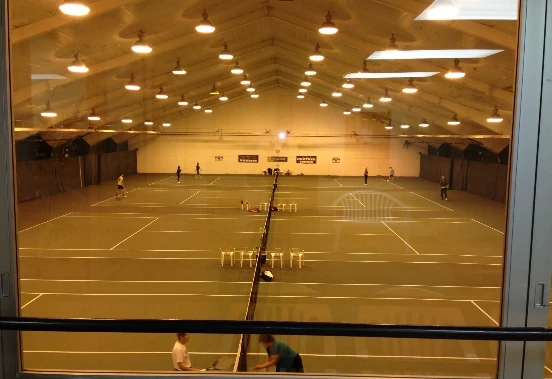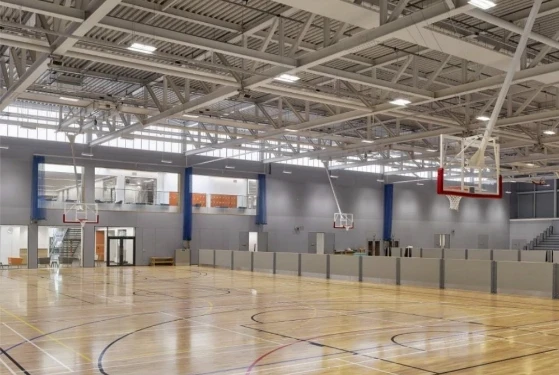- ஆப்பிரிக்க
- அல்பேனியன்
- அம்ஹாரிக்
- அரபு
- ஆர்மேனியன்
- அஜர்பைஜானி
- பாஸ்க்
- பெலாரசியன்
- பெங்காலி
- போஸ்னியன்
- பல்கேரியன்
- கற்றலான்
- செபுவானோ
- கோர்சிகன்
- குரோஷியன்
- செக்
- டேனிஷ்
- டச்சு
- ஆங்கிலம்
- எஸ்பெராண்டோ
- எஸ்டோனியன்
- ஃபின்னிஷ்
- பிரெஞ்சு
- ஃப்ரிஷியன்
- காலிசியன்
- ஜார்ஜியன்
- ஜெர்மன்
- கிரேக்கம்
- குஜராத்தி
- ஹைட்டியன் கிரியோல்
- ஹவுசா
- ஹவாய்
- ஹீப்ரு
- இல்லை
- மியாவ்
- ஹங்கேரிய
- ஐஸ்லாந்து
- இக்போ
- இந்தோனேசியன்
- ஐரிஷ்
- இத்தாலிய
- ஜப்பானியர்
- ஜாவானியர்கள்
- கன்னடம்
- கசாக்
- கெமர்
- ருவாண்டன்
- கொரியன்
- குர்திஷ்
- கிர்கிஸ்
- காசநோய்
- லத்தீன்
- லாட்வியன்
- லிதுவேனியன்
- லக்சம்பர்கிஷ்
- மாசிடோனியன்
- மல்காஷி
- மலாய்
- மலையாளம்
- மால்டிஸ்
- மௌரி
- மராத்தி
- மங்கோலியன்
- மியான்மர்
- நேபாளி
- நார்வேஜியன்
- நார்வேஜியன்
- ஆக்ஸிடன்
- பாஷ்டோ
- பாரசீக
- போலிஷ்
- போர்த்துகீசியம்
- பஞ்சாபி
- ரோமானியன்
- ரஷ்யன்
- சமோவான்
- ஸ்காட்டிஷ் கேலிக்
- செர்பியன்
- ஆங்கிலம்
- ஷோனா
- சிந்தி
- சிங்களம்
- ஸ்லோவாக்
- ஸ்லோவேனியன்
- சோமாலி
- ஸ்பானிஷ்
- சுண்டனீஸ்
- சுவாஹிலி
- ஸ்வீடிஷ்
- தகலாக்
- தாஜிக்
- தமிழ்
- டாடர்
- தெலுங்கு
- தாய்
- துருக்கிய
- துர்க்மென்
- உக்ரைனியன்
- உருது
- உய்குர்
- உஸ்பெக்
- வியட்நாமியர்
- வெல்ஷ்
- உதவி
- இத்திஷ்
- யாருப்பா
- ஜூலு
ஜூலை . 28, 2025 10:43 மீண்டும் பட்டியலில்
In the construction sector, understanding the financial aspects of prefabricated structures is crucial for informed decision-making. Key considerations include prefab steel building prices, prefabricated metal building prices, prefab steel buildings cost per square foot, prefabricated steel building prices, and prefab warehouse cost. These metrics vary based on design, materials, and project scope, influencing choices across commercial, industrial, and residential applications.
Factors Shaping Prefab Steel Building Prices
Prefab steel building prices are influenced by multiple variables, starting with structural design and size. Larger buildings or those with complex features like clear-span roofs, mezzanines, or specialized door systems (e.g., overhead cranes) command higher costs. For example, a basic 30x40-foot steel building might cost less than a 100x200-foot warehouse with advanced ventilation systems. Material quality also plays a role; galvanized steel or energy-efficient insulation can increase upfront costs but reduce long-term maintenance and utility expenses. Regional factors, such as transportation fees and local labor rates, further impact final pricing.
Comparing Prefabricated Metal Building Prices
Prefabricated metal building prices encompass a range of materials, including steel, aluminum, and hybrid solutions. Steel remains the most popular due to its strength and cost-effectiveness, while aluminum offers lightweight advantages for specific applications like temporary structures or coastal buildings. The complexity of the project—such as custom architectural elements, interior finishes, or compliance with local building codes (e.g., seismic or wind load requirements)—adds to the total cost. For instance, a prefab metal building designed for a high-wind zone may require additional bracing, increasing its price compared to a standard model.
Breaking Down Prefab Steel Buildings Cost Per Square Foot
Calculating prefab steel buildings cost per square foot provides a granular view of expenses. On average, basic steel buildings can range from $8 to $20 per square foot for the shell, excluding foundations and finishes. More advanced designs, including insulation, electrical work, and specialized roofing, can raise this to $25–$40 per square foot or higher. For example, a prefab steel warehouse with climate control and heavy-duty flooring might cost $35 per square foot, while a simple storage shed could be as low as $10 per square foot. This metric helps clients compare options and allocate budgets for site preparation, permits, and additional features.
Drivers of Prefab Warehouse Cost
Prefab warehouse cost is influenced by its intended use and scale. Warehouses designed for heavy machinery or logistics often require reinforced foundations, high ceilings, and large access points (e.g., loading docks), increasing costs. Energy efficiency is another factor; warehouses with insulated panels, solar-ready roofs, or smart lighting systems may have higher upfront costs but offer long-term savings. Additionally, the speed of construction can impact expenses: prefabricated warehouses reduce on-site labor and timeline, potentially offsetting higher material costs through operational efficiency.
FAQ: Key Questions About Prefabricated Building Costs
How do site preparation costs affect overall pricing?
Site preparation, including grading, foundation work, and utility installation, can account for 10–30% of total costs. Uneven terrain or soil that requires stabilization (e.g., compacted gravel or concrete slabs) will increase expenses. It’s essential to factor these into estimates when comparing prefab steel building prices or prefab warehouse cost.
Can customization impact prefabricated metal building prices?
Yes, customizations such as color choices, window placements, or structural modifications (e.g., skylights, mezzanines) can add 15–50% to base prices. While standard kits are more affordable, tailored designs meet specific operational needs, such as natural lighting for workshops or fire-resistant materials for storage facilities.
Are there long-term cost savings with prefabricated steel buildings?
Prefabricated steel buildings often offer lower maintenance costs due to durable, corrosion-resistant materials. Their energy-efficient designs can reduce heating and cooling expenses by 20–30%. Additionally, faster construction timelines mean earlier occupancy, allowing businesses to generate revenue sooner, which offsets initial prefab steel buildings cost per square foot.
How do regional price variations occur?
Prices vary by region due to material availability, labor costs, and local regulations. For example, areas with high demand for steel may see higher material prices, while regions with strict building codes (e.g., earthquake zones) may require more expensive structural reinforcements. Transport costs for delivering prefabricated components also influence final pricing.
What is the difference between shell-only and turnkey prices?
A shell-only price includes the basic structure (frame, roofing, siding) but excludes foundations, electrical work, insulation, or interior finishes. Turnkey solutions, which are fully ready for occupancy, can cost 30–70% more than shell-only options. Clients should clarify project scope with manufacturers to avoid underestimating prefabricated steel building prices or prefab warehouse cost.
-
The Rise of Prefabricated Metal Structures in Modern Industry
செய்திJul.28,2025
-
The Landscape of Prefabricated Metal Building Solutions
செய்திJul.28,2025
-
Advance Industrial Infrastructure with Prefabricated Steel Solutions
செய்திJul.28,2025
-
Advancing Industrial Infrastructure with Prefabricated Metal Warehousing Solutions
செய்திJul.28,2025
-
Advancing Industrial and Commercial Spaces with Prefabricated Steel Solutions
செய்திJul.28,2025
தயாரிப்பு வகைகள்
எங்கள் சமீபத்திய செய்திகள்
We have a professional design team and an excellent production and construction team.












